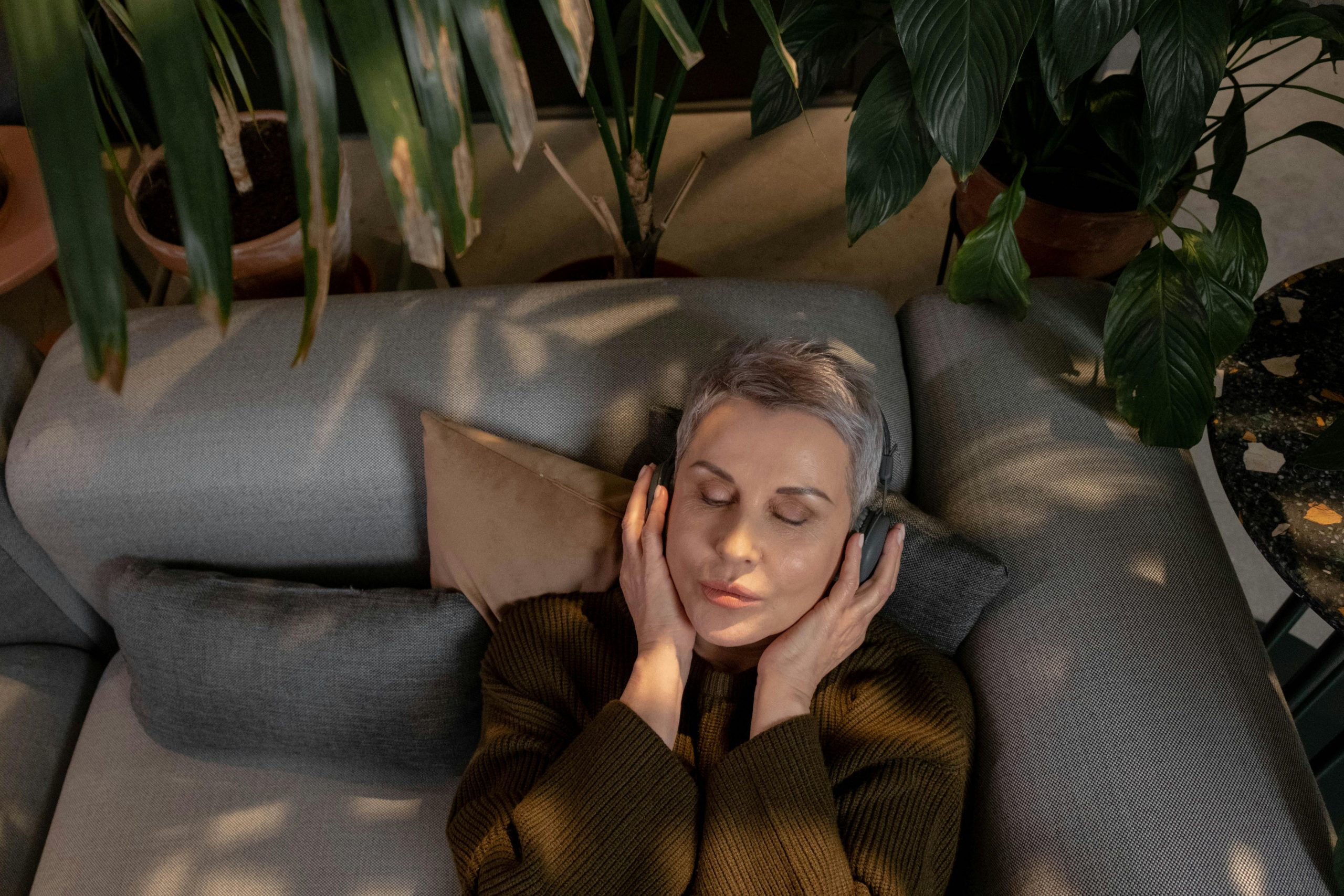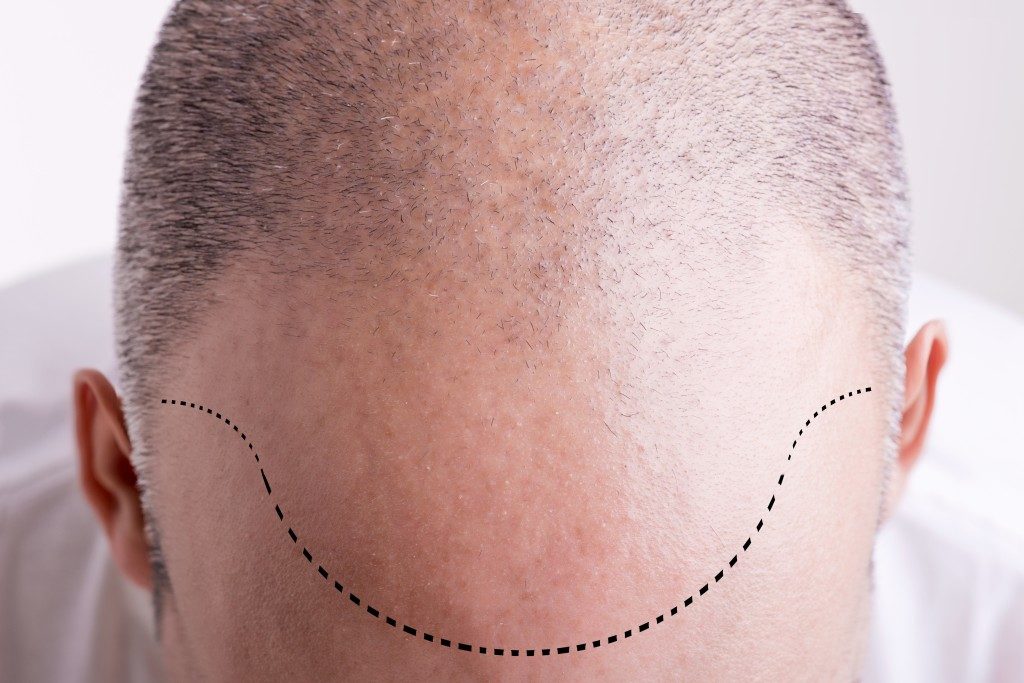Meditation is often associated with sitting cross-legged on a cushion or bench, but can you meditate lying down? The short answer is yes—you absolutely can! In fact, for many people, lying down offers a comfortable alternative to traditional seated meditation. Let’s explore the ins and outs of meditating in a reclined position, its benefits, potential pitfalls, and how to do it effectively.
Can You Meditate Lying Down?
Absolutely! There’s no hard-and-fast rule that meditation must be done seated. The key purpose of meditation—whether you’re sitting, standing, walking, or lying down—is to cultivate mindfulness and awareness.
Lying down can be especially beneficial for:
- People with chronic pain or limited mobility
- Those who find sitting uncomfortable for long periods
- Anyone looking to deeply relax and unwind
Why Do Most People Meditate Sitting?
While lying down is perfectly acceptable, the traditional seated position offers certain advantages:
- Alertness: Sitting upright helps maintain a sense of alert attention, reducing the likelihood of dozing off.
- Breath control: An upright posture allows for deeper, more controlled breathing.
- Discipline: Many practitioners believe that seated meditation fosters mental discipline and focus.
However, these benefits don’t mean that lying down is inferior—it’s just different.
What Are the Benefits of Meditating Lying Down?

When done with intention, lying down meditation can be incredibly restorative. Here are some key benefits:
- Deep relaxation: A reclined position promotes full-body relaxation, ideal for stress reduction and better sleep.
- Accessibility: Perfect for beginners or those with physical limitations who may find sitting difficult.
- Body scan practices: Many guided meditations, especially body scans, encourage lying down to fully tune into physical sensations.
- Enhanced comfort: Lying down minimizes discomfort, allowing the mind to focus more easily.
Can You Fall Asleep While Meditating Lying Down?
This is a common concern. Yes, lying down increases the likelihood of falling asleep, especially during long sessions or when you’re already tired. While it’s not inherently “bad” to fall asleep, it’s not the goal of meditation.
Here are some tips to stay mindful:
- Set a clear intention: Remind yourself that you’re meditating, not napping.
- Practice at a consistent time: Avoid meditating when you’re already drowsy, like late at night.
- Use guided meditation: Having a voice to follow can help you stay engaged.
- Elevate your head slightly: Using a pillow or wedge can reduce the tendency to drift off.
How to Meditate Lying Down: Step-by-Step Guide
Ready to try lying down meditation? Follow these simple steps:
1. Find a Comfortable Spot
Lie down on a yoga mat, a firm bed, or a carpeted floor. Avoid soft mattresses that might make you too sleepy.
2. Align Your Body
- Rest your arms alongside your body, palms facing up.
- Let your legs fall naturally apart, feet relaxed.
- Close your eyes gently.
3. Focus on Your Breath
- Inhale deeply through your nose, feeling your belly rise.
- Exhale slowly, noticing the sensation of air leaving your body.
- Repeat this cycle, allowing distractions to pass without judgment.
4. Scan Your Body
- Start at the top of your head and slowly shift your focus downward.
- Notice areas of tension or discomfort.
- With each exhale, imagine releasing that tension.
5. Stay Present
If you feel yourself drifting toward sleep, gently bring your attention back to your breath or the body scan.
When Is the Best Time to Meditate Lying Down?
You can practice lying down meditation at any time, but it’s particularly effective in these situations:
- Before bed: Practicing meditation for sleep and anxiety while lying down helps ease the transition into restful sleep.
- During a mid-day break: Lying down meditation offers a quick recharge without the need to sit up.
- When experiencing stress: It can be easier to release tension and calm your mind by meditating in a reclined position.
Can You Practice Mindfulness Lying Down?
Yes! Mindfulness—being fully present in the moment—doesn’t require a specific posture. Whether sitting, walking, or lying down, mindfulness meditation can be practiced anywhere. In fact, many mindfulness-based stress reduction (MBSR) programs include body scan meditations that are typically done lying down.
Some simple ways to practice mindfulness lying down:
- Focus on the rhythm of your breath.
- Notice the contact points of your body with the floor or bed.
- Tune into sounds or sensations around you.
What Types of Meditation Work Well Lying Down?

While many meditation styles can be adapted to a lying down position, certain types naturally lend themselves to the comfort and relaxation that reclining offers. Here are some popular meditation practices that work especially well when you’re lying down:
Body Scan Meditation
This technique involves slowly and deliberately bringing your attention to different parts of your body, starting from your head and moving down to your toes. As you lie down comfortably, you focus on noticing physical sensations—such as warmth, tension, or relaxation—without trying to change them. The progressive awareness helps you release stored tension and deepen your connection to the present moment. Because it’s gentle and grounding, the body scan is ideal for lying down meditation, especially when your goal is relaxation or stress relief.
Yoga Nidra
Often referred to as “yogic sleep,” yoga nidra is a deeply restorative guided meditation traditionally practiced lying down. Unlike regular sleep, it allows you to stay consciously aware while your body enters a profoundly relaxed state. Through a series of verbal instructions, you’re guided to relax every muscle group, visualize calming imagery, and cultivate a sense of inner peace. Yoga nidra is especially helpful for those struggling with insomnia, anxiety, or chronic stress, making it one of the most effective meditations to practice in a reclined position.
Loving-Kindness Meditation (Metta)
Loving-kindness meditation is focused on generating feelings of compassion and goodwill toward yourself and others. While it can be done sitting or walking, lying down can make this practice feel more soothing and nurturing. As you cultivate warm, kind thoughts, the reclined posture allows your body to soften and your mind to open more fully to these positive emotions. This meditation not only reduces anxiety but also helps build emotional resilience and improve your overall sense of well-being.
Breath Awareness Meditation
This simple yet powerful meditation centers your attention on the natural rhythm of your breath. While lying down, you can observe the gentle rise and fall of your belly or chest as you breathe in and out. Breath awareness meditation helps anchor your mind, gently pulling you back whenever distractions arise. Practicing this lying down can deepen your relaxation and increase your ability to stay present, making it a great choice for managing stress and promoting calm.
What Should You Avoid While Meditating Lying Down?
To get the most from your lying down meditation:
- Don’t lie in bed (if possible): Beds are closely associated with sleep, which can make it harder to stay mindful.
- Avoid distractions: Choose a quiet space free from interruptions.
- Don’t rush: Allow yourself time to settle in and fully relax.
Is It Better to Meditate Lying Down or Sitting?
There’s no definitive answer—both positions have unique benefits. Here’s a quick comparison:
| Sitting Meditation | Lying Down Meditation |
| Promotes alertness | Encourages relaxation |
| Traditional posture | More accessible |
| Can be uncomfortable | Easier on the body |
| Suitable for long sessions | Ideal for shorter, relaxing practices |
Ultimately, choose the position that works best for your body and your intention for the practice.
Should You Try Lying Down Meditation?
Meditating while lying down is a wonderful option, especially for beginners, those with physical limitations, or anyone seeking deep relaxation. It’s a valid and effective way to cultivate mindfulness, reduce stress, and reconnect with your body and mind.
Whether you prefer sitting, lying down, or even walking, the key is consistency. Explore different positions, listen to your body, and embrace the practice that feels best for you.







